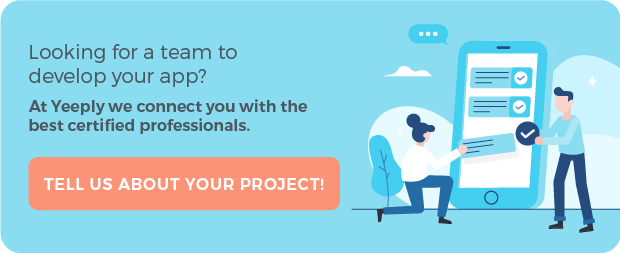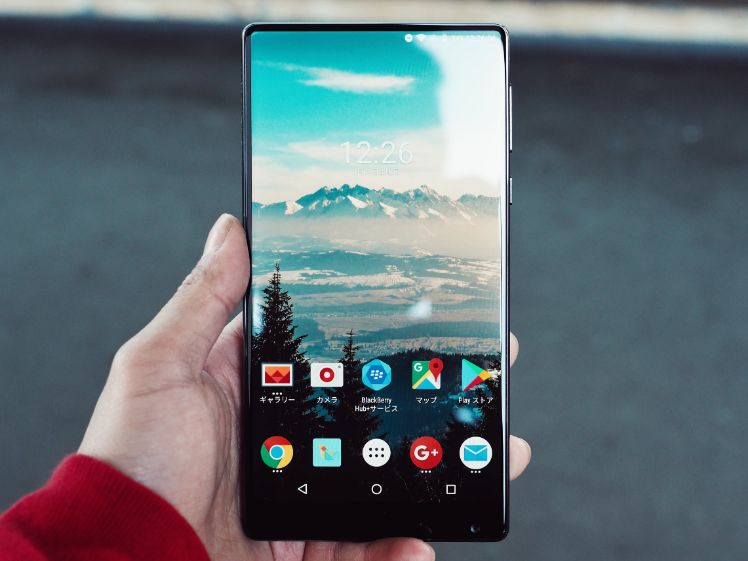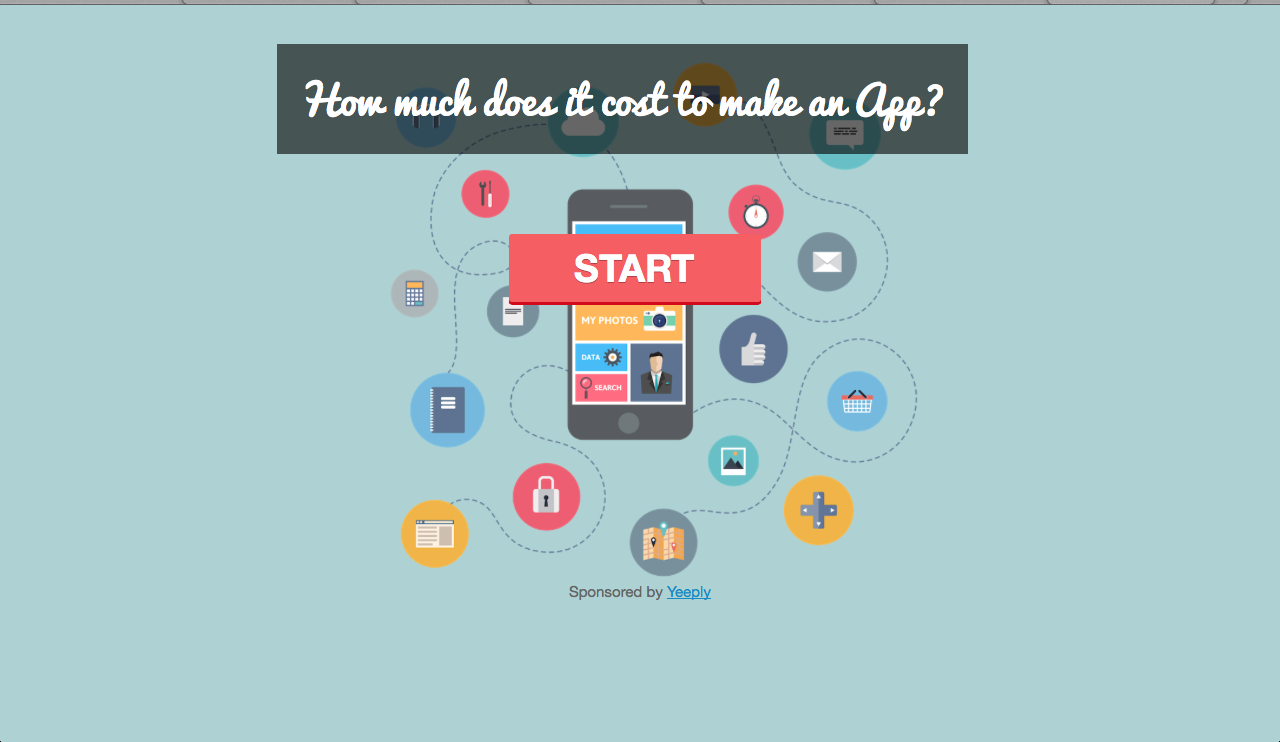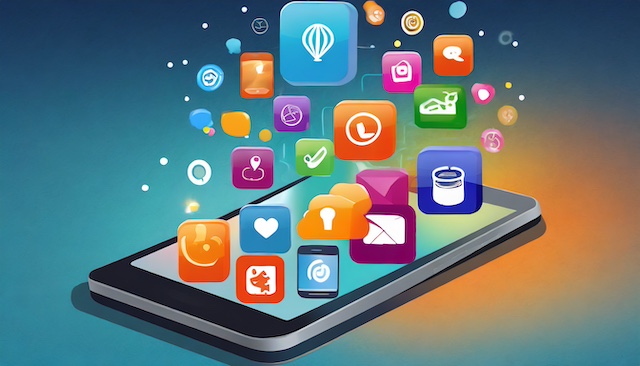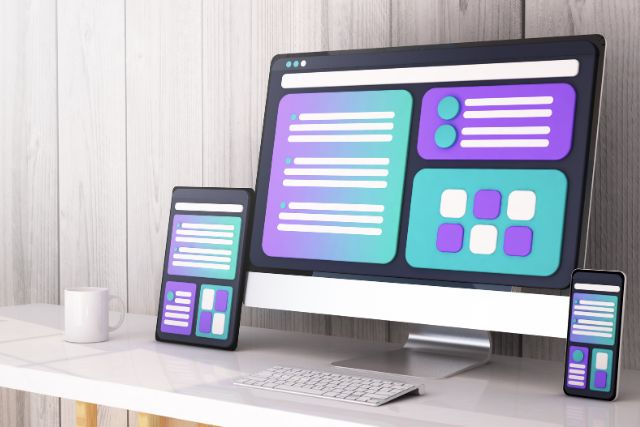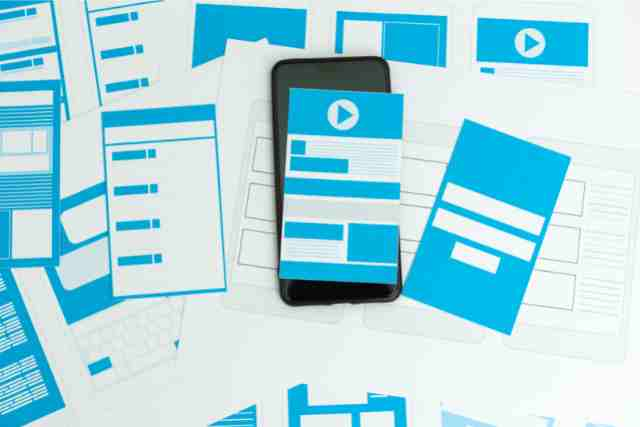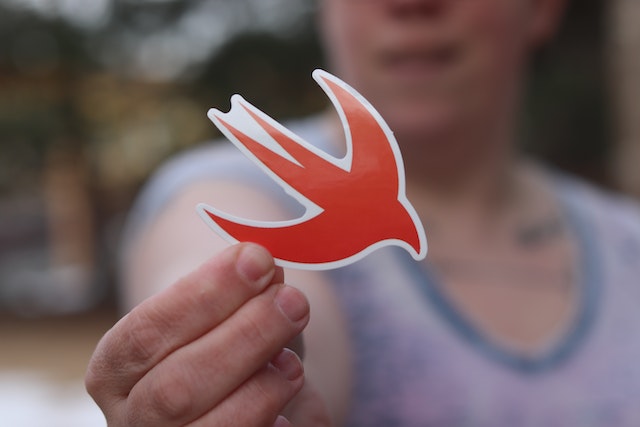Healthcare app development produces one of the kinds of mobile tools for which users would be willing to pay. At least this is what a recent report by inQBarna has established, covering four large groups of mobile applications: games, healthcare, children/educational and sport/leisure. However, inQBarna assures that the Spanish market is still not a ripe environment regarding paying for applications, especially due to the scarce culture of digital content purchase still existing in our country. The developer inQBarna strongly points out Anglo-Saxon and Asian markets as the ideal environments to sell applications.
The ongoing relevance of healthcare applications is noteworthy. Such kind of mobile tools contribute to improve the quality of life of patients with a certain illness, due to the possibility of monitoring and tracking that these apps offer. Also, they involve an important social component as they allow the creation of communities of patients with the same illnesses, from which psychological support can be obtained and through which various initiatives can be promoted. Therefore, the healthcare industry considers these mobile applications a good field for investment, especially because they are a quick and effective way to reach their main target population.
According to consulting firm Price Waterhouse, healthcare applications will budget around $23M in the upcoming years. This information was provided by Pablo Gómez Fernández-Quintanilla –online marketing head of Sanitas– on The App Date Health, the special edition on health of the popular event The App Date. In fact, Gómez Fernández-Quintanilla pointed out that around 500 million people throughout the world will be using healthcare applications by 2017.
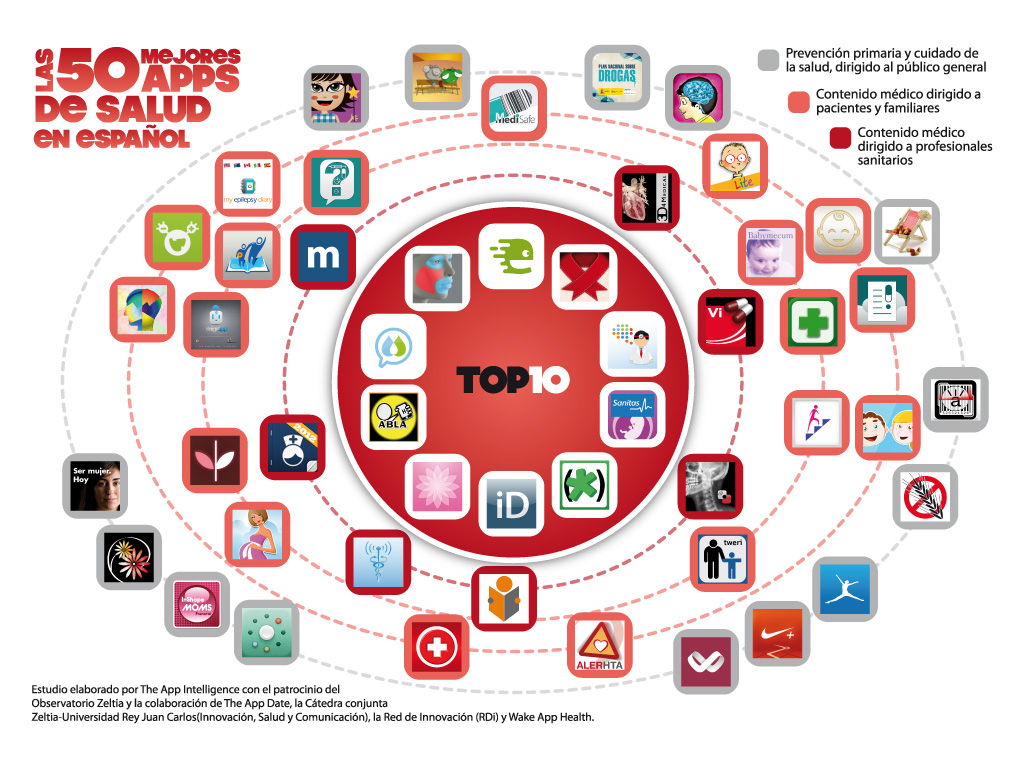
Beyond any doubt, one of the applications presented on The App Date Health that is most likely to make life easier for patients is Primum Health. This healthcare application allows monitoring and data collection of the patients’ health by means of tablets and measuring devices –such as scales and tensiometers. Likewise, these data are sent to the physician in charge, who is responsible for analysing them in order to determine the patient’s evolution and, if necessary, contact him to establish a change in the treatment’s routine. Even though this healthcare application can be applied to a vast number of cases, it is perfect for tracking people who have suffered some form of cardiovascular disease.
Mobile applications cover many of the users’ needs in their daily lives. Gradually, they are embedding themselves deeper in the healthcare sector, obtaining a warm welcome from both patients –and their families– and the medical personnel involved in the treatment and rehabilitation process. Mobile technologies put at our fingertips many advantages and possibilities to make our life easier. In this regard, healthcare applications contribute to the approach between physicians and patients, aiming at getting the latter involved more directly in all matters concerning their health.
Healthcare app development, an aid to improve quality of life
There are more than 75,000 healthcare apps, although over half of them do not even reach 500 downloads. Still, healthcare app development is an area that has still much to offer and has not yet been thoroughly explored or exploited.
A report of Wake App Health on this issue indicates that at least one third of smartphone users will have a healthcare app installed on their devices by 2015. It reveals that the healthcare industry is very important for smartphone users, especially regarding information search.
Also, this study tells us that most healthcare applications are merely informative (24%), followed closely by recording and monitoring apps (22%). By contrast, 18% have as main functions tracking and treatment. Only 16% are about health education and awareness.
We have previously discussed the boom in healthcare applications, but now we will give examples of how these healthcare apps can ease living with a disease and improve our quality of life. What about you, any ideas for health apps?
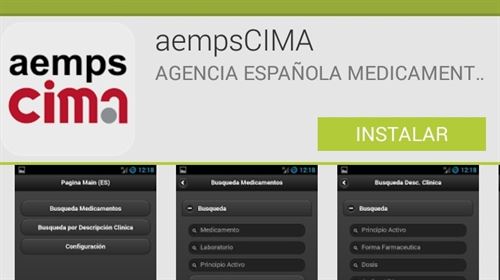
Some of the most downloaded and most successful health applications in Spanish are precisely those of informative nature. A good example is the iPad app “Contigo” (“With You”), developed for women suffering from breast cancer and through which advice is given and information provided on the different stages of breast cancer. It is an app that, at no moment, loses neither closeness nor thoroughness, and this has earned it the Best European Healthcare Application award.
Likewise, the application “30 años de VIH” (“30 years of HIV”) –also developed for iPad– reviews in an interactive, scientific and sociocultural way all the progress made regarding the investigation of the disease, doing so by means of images, videos and statistical data.
Some applications go beyond information providing and give us advice and help in certain situations. Universal Doctor Speaker is an application developed and designed to work as a medical translator whenever doctor and patient speak different languages.
Mobile healthcare app development has a great potential in the health sector, as evidenced by applications like DermoMap. This directed tool is a visual guide that helps professionals with dermis disease diagnosis and is available for iPhone and iPad.
The Spanish Ministry of Health has also joined this trend and created recently an application available for Android (called “aempsCIMA” and developed by the Spanish Agency for Medicines and Health Products) to spread out information about the components and uses of different drugs. To achieve this, relevant information is provided in an understandable way with eyes on making a proper use of these drugs.
Other applications may go so far as to improve our day-to-day quality of life, especially for people coping daily with a disease. In the case of autism, the application “Ablah” was born with the aim of trying to improve the communication of autistic persons and their speech problems.
Also worth mentioning is the application “Social Diabetes”, a tool that helps control diabetes types 1 and 2, and through which insulin dosage and administration can be calculated. In addition, physicians can monitor the process remotely, without the patient having to go to the medical centre.
These are some examples of how mobile healthcare applications can help us in day-to-day coping with diseases, aiding us to manage them and improve our quality of life in very simple ways.

